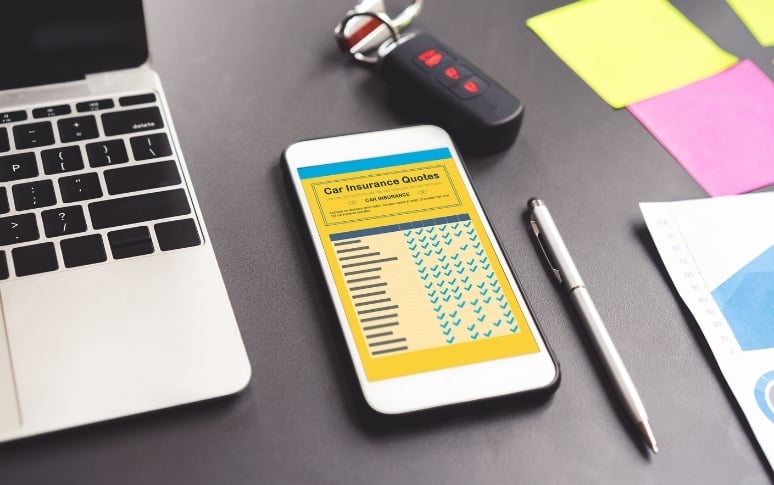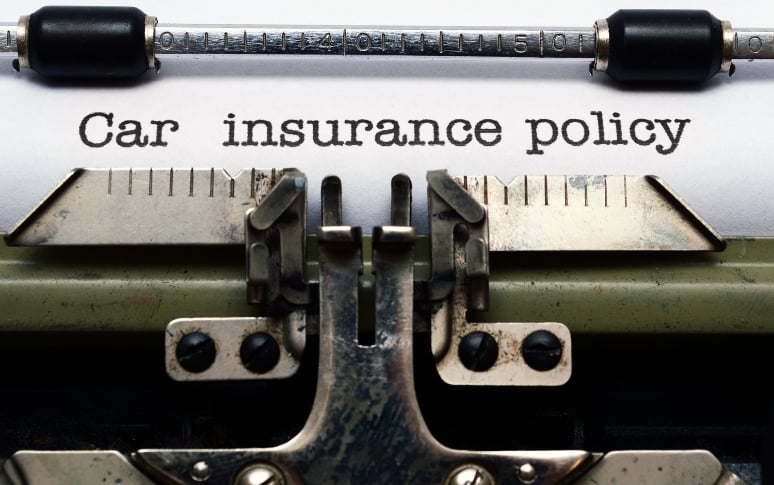1. Evaluate Your Coverage Needs First
Understanding what coverage you truly need is the essential first step before shopping for car insurance. While nearly all states require liability insurance to legally drive, you'll need to decide if collision, comprehensive, and personal injury protection make sense for your situation.
If you're still paying off your vehicle, your lender will likely require comprehensive and collision coverage. Remember that liability protects others if you cause an accident, making it the foundation of any good policy.

2. Compare Quotes from Multiple Providers
Gathering quotes from at least five different insurance companies is the most effective way to find affordable coverage. Each insurer uses slightly different formulas to calculate your premium, resulting in price differences of thousands of dollars for identical coverage.
Online comparison tools make this process easier than ever in 2025, allowing you to quickly see options side-by-side. Don't just focus on the bottom-line price—pay attention to coverage limits, deductibles, and customer satisfaction ratings.

3. Look for All Available Discounts
Insurance companies offer numerous discounts that can significantly reduce your premium costs when combined. Bundling your auto insurance with homeowners or renters policies typically saves 10-25%.
If you have young drivers, ask about good student discounts (usually requiring a B average or better) and student-away discounts for those attending college without a car.

4. Consider Telematics Programs for Personalized Rates
Usage-based insurance programs that monitor your actual driving habits can reward safe drivers with substantial savings. These telematics programs track factors like acceleration, braking patterns, speed, and mileage through a smartphone app or plug-in device.
Safe drivers can save up to 30% on their premiums, while low-mileage drivers might benefit from pay-per-mile options that base costs primarily on distance driven. Just be aware that aggressive driving habits could potentially increase your rates with some programs.

5. Choose the Right Deductible Amount
Selecting a higher deductible can immediately lower your premium, but requires careful consideration of your financial situation. Raising your deductible from $500 to $1,000 might save 15-20% on your premium, but you'll need that amount available if you file a claim.
The ideal deductible balances affordable monthly payments with an out-of-pocket amount you could comfortably handle in an emergency. Consider setting aside the difference in premiums to build a dedicated deductible fund.

6. Check Financial Strength Ratings Before Deciding
An insurance company's financial stability directly affects its ability to pay claims when you need them most. Before selecting a provider, review their AM Best Financial Strength Rating, which evaluates an insurer's ability to meet ongoing insurance obligations.
Companies with Superior (A+) or Excellent (A) ratings offer the greatest peace of mind. You can also check the National Association of Insurance Commissioners' complaint index to see how a company compares to industry averages for customer satisfaction.

7. Opt for Annual Policies When Possible
Choosing a 12-month policy instead of the more common 6-month term can protect you from frequent rate increases in today's volatile insurance market. With rates rising 11.8% in the past year, locking in your premium for longer periods provides valuable budget stability.
Insurance companies can only adjust rates at renewal time, so an annual policy limits their opportunities to raise your premium. This strategy is particularly effective if you've recently seen a rate decrease due to improved credit or a clean driving record.

8. Pay Your Premium in Full If Possible
Paying your entire premium upfront instead of monthly can save you between 5-10% on your total insurance costs. Most insurers charge installment fees for monthly payments, which essentially function as interest charges on your premium.
Before choosing this option, ensure you have a sufficient emergency fund remaining and understand how the large payment will affect your cash flow. If full payment isn't feasible, quarterly payments often offer a middle ground with some discount.















